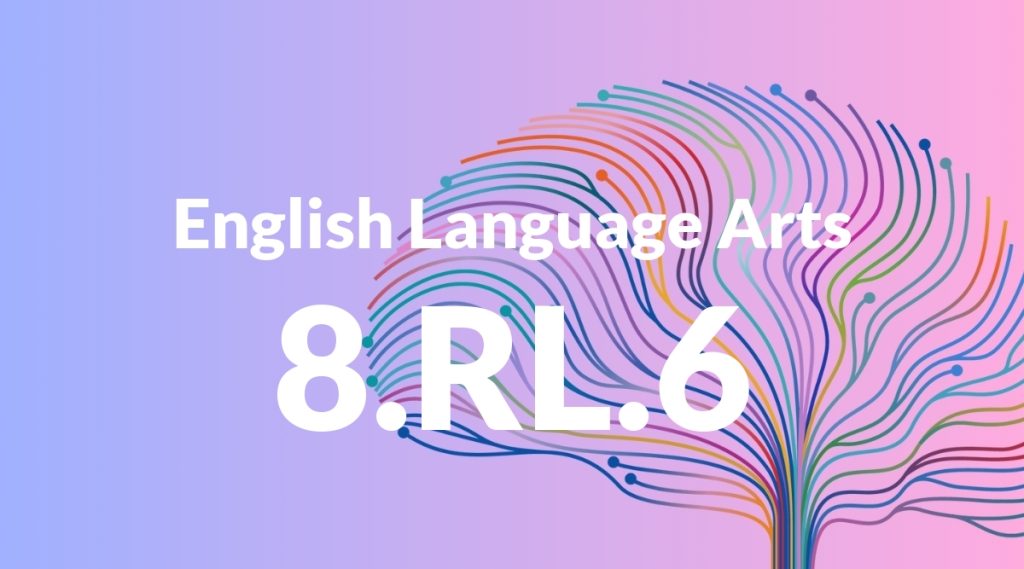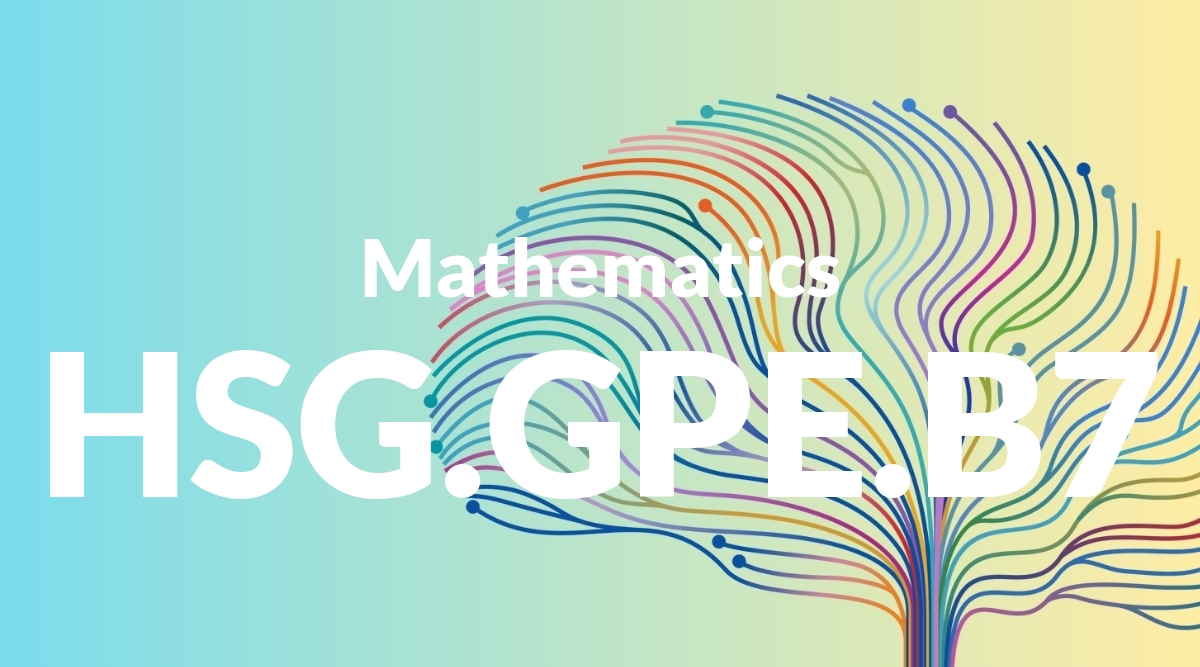Standard: 8.RL.6 – Analyze how differences in the points of view of the characters and the audience or reader (e.g., created through the use of dramatic irony) create such effects as suspense or humor.
Grade level: Grade 8
Subject: English Language Arts
Domain: Reading: Literature
Teacher Overview
This standard focuses on analyzing how different points of view, including those of the characters and the audience, create effects such as suspense or humor. Understanding this concept is crucial for students as it enhances their ability to interpret and appreciate literature, and it aligns with broader goals of critical thinking and textual analysis in English Language Arts. Students should be familiar with narrative elements such as character, plot, and setting, and have a basic understanding of point of view and irony.
After mastering this standard, students will be able to critically evaluate how an author’s choices regarding point of view and irony affect the reader’s experience and interpretation of the text, preparing them for more advanced literary analysis.
Common Misconception 1
A common misconception is that point of view only refers to the narrator’s position in the story. This is incorrect because point of view also encompasses the perspectives and opinions of different characters, which can significantly influence the narrative.
Intervention 1
To address this misconception, teachers can use various texts to illustrate how different characters’ perspectives shape the story. Activities could include comparing and contrasting characters’ viewpoints in a novel or analyzing how a story would change if told from a different character’s perspective.
Common Misconception 2
Another misconception is confusing dramatic irony with situational irony. Dramatic irony occurs when the audience knows something that the characters do not, creating suspense or humor, while situational irony involves a discrepancy between expected and actual outcomes.
Intervention 2
Teachers can clarify this by providing clear definitions and examples of both types of irony. They can use short stories, plays, or films to highlight instances of dramatic and situational irony, discussing the impact of each on the audience.
Prerequisite Knowledge
Students should have a basic understanding of narrative elements such as character, plot, and setting, as well as familiarity with the concepts of point of view and irony.
Subsequent Knowledge
Students will develop the ability to critically evaluate how an author’s choices regarding point of view and irony impact the reader’s experience and interpretation of the text.
Instructional Activities
- Reading and discussing excerpts from novels with different character perspectives
- Analyzing scenes from plays or films for examples of dramatic irony
- Writing essays comparing the viewpoints of different characters in a story
- Creating storyboards that depict the same event from multiple characters’ perspectives




